
Francesco Guardi Painting Reproductions 5 of 5
1712-1793
Italian Rococo Painter
106 Francesco Guardi Paintings
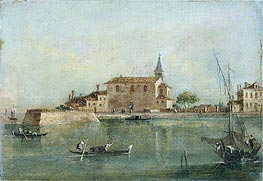
Capriccio with Buildings, a Fishing Boat and ... n.d.
Oil Painting
$654
$654
Canvas Print
$61.75
$61.75
SKU: GUF-7114
Francesco Guardi
Original Size: 17.8 x 24.1 cm
Private Collection
Francesco Guardi
Original Size: 17.8 x 24.1 cm
Private Collection
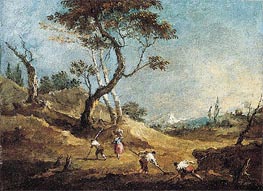
A Pastoral Landscape with Peasants Hoeing and a ... c.1770
Oil Painting
$671
$671
Canvas Print
$61.75
$61.75
SKU: GUF-7115
Francesco Guardi
Original Size: 20.7 x 27.5 cm
Private Collection
Francesco Guardi
Original Size: 20.7 x 27.5 cm
Private Collection
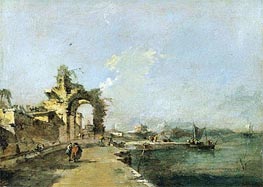
A Venetian Capriccio of the Lagoon with Figures ... c.1775/80
Oil Painting
$609
$609
Canvas Print
$61.75
$61.75
SKU: GUF-7116
Francesco Guardi
Original Size: 16.2 x 22.6 cm
Private Collection
Francesco Guardi
Original Size: 16.2 x 22.6 cm
Private Collection
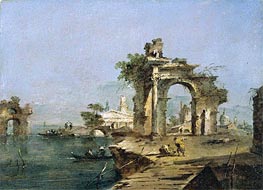
A Venetian Capriccio with Figures by the Lagoon c.1775/80
Oil Painting
$664
$664
Canvas Print
$61.75
$61.75
SKU: GUF-7117
Francesco Guardi
Original Size: 16.2 x 22.6 cm
Private Collection
Francesco Guardi
Original Size: 16.2 x 22.6 cm
Private Collection
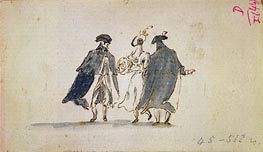
Three Masked Figures in Carnival Costume c.1775/80
Paper Art Print
$58.48
$58.48
SKU: GUF-7118
Francesco Guardi
Original Size: unknown
Private Collection
Francesco Guardi
Original Size: unknown
Private Collection
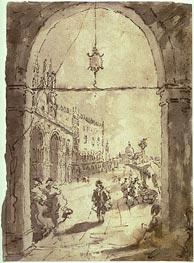
Venetian Scene n.d.
Paper Art Print
$58.48
$58.48
SKU: GUF-7119
Francesco Guardi
Original Size: 19.5 x 14.5 cm
Fine Arts Museums of San Francisco, California, USA
Francesco Guardi
Original Size: 19.5 x 14.5 cm
Fine Arts Museums of San Francisco, California, USA
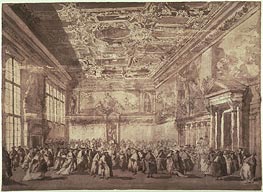
The Doge of Venice Receiving Ambassadors in the ... n.d.
Paper Art Print
$58.48
$58.48
SKU: GUF-7120
Francesco Guardi
Original Size: 35.1 x 47.9 cm
Fine Arts Museums of San Francisco, California, USA
Francesco Guardi
Original Size: 35.1 x 47.9 cm
Fine Arts Museums of San Francisco, California, USA
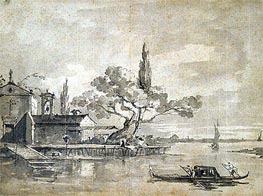
Chapel on Small Island n.d.
Paper Art Print
$60.29
$60.29
SKU: GUF-7121
Francesco Guardi
Original Size: 39.2 x 52.5 cm
Fine Arts Museums of San Francisco, California, USA
Francesco Guardi
Original Size: 39.2 x 52.5 cm
Fine Arts Museums of San Francisco, California, USA
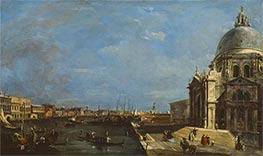
The Grand Canal, Venice c.1760
Oil Painting
$1860
$1860
Canvas Print
$61.75
$61.75
SKU: GUF-18785
Francesco Guardi
Original Size: 73 x 119.4 cm
Art Institute of Chicago, Illinois, USA
Francesco Guardi
Original Size: 73 x 119.4 cm
Art Institute of Chicago, Illinois, USA
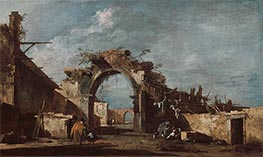
Ruined Archway c.1775/93
Oil Painting
$592
$592
Canvas Print
$61.75
$61.75
SKU: GUF-18786
Francesco Guardi
Original Size: 29.5 x 49.7 cm
Art Institute of Chicago, Illinois, USA
Francesco Guardi
Original Size: 29.5 x 49.7 cm
Art Institute of Chicago, Illinois, USA